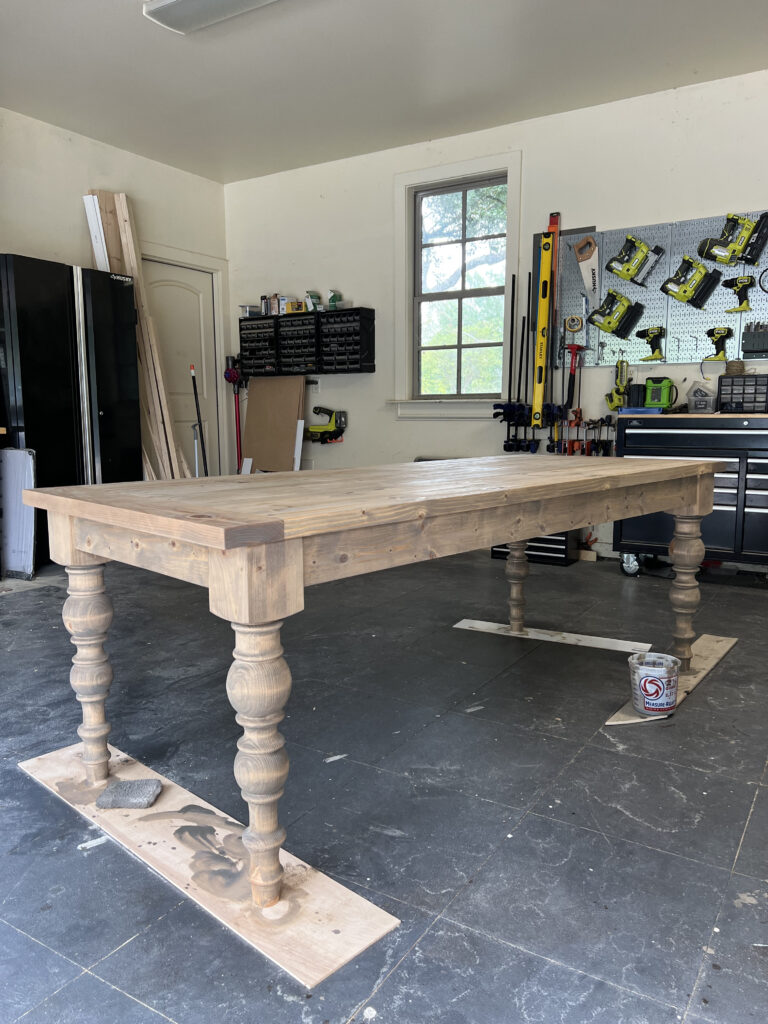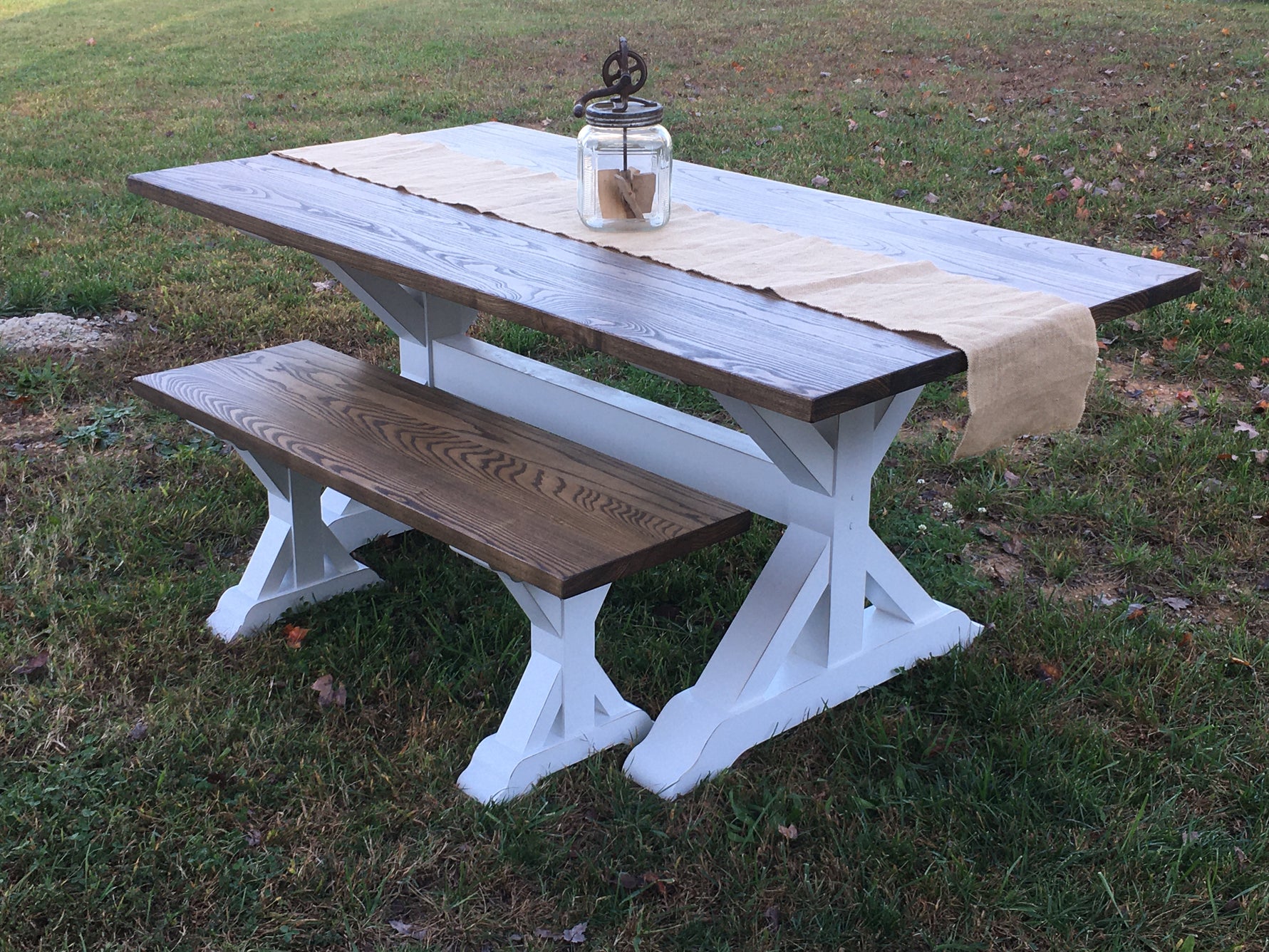Checking Out the Various Sorts Of Table Legs Timber for Your Dining Space
The selection of dining table legs wood can exceptionally impact both the functional and visual qualities of your dining area. Strong timber options, such as oak and walnut, offer a timeless look with unparalleled sturdiness, while crafted wood choices offer innovative styles that simulate the richness of natural grains.
Strong Timber Options

Moreover, solid timber is renowned for its strength and durability. Unlike engineered products, solid wood is less susceptible to warping and damage gradually when correctly kept. This makes it an optimal selection for family members or those who frequently host celebrations. Each piece of strong timber is one-of-a-kind, showcasing individual qualities that include in the appeal and personality of the table.
In addition, strong wood can be finished in countless means, varying from all-natural oils to discolored coatings, permitting house owners to individualize their furniture to match their design. In summary, selecting strong timber for dining table legs not only ensures architectural stability however also boosts the aesthetic allure of the dining location, making it a beneficial investment for any home.
Engineered Wood Alternatives

Plywood, created from several layers of wood veneer, is secure and especially strong, making it an excellent choice for dining table legs. Its split composition permits it to hold up against modifications in humidity and temperature level far better than conventional strong wood. MDF, on the various other hand, uses a smooth surface for paint or veneering, enabling developers to achieve a polished appearance while keeping structural honesty.
Particleboard, typically made use of in budget-friendly alternatives, provides respectable strength and is lightweight, making it easier to manage. Nevertheless, it might not be as durable as plywood or MDF. When selecting crafted wood options, it is necessary to take into consideration the designated usage and desired aesthetic. These products not only improve the capability of eating spaces however additionally allow for better style adaptability, guaranteeing that typical and modern styles can exist together sympathetically.
Reclaimed Wood Features
Recovered wood provides a special mix of sustainability and personality, making it a significantly preferred selection for eating table legs. Sourced from old barns, manufacturing facilities, and various other structures, recovered timber symbolizes a background that brand-new products merely can not reproduce. Each item brings its own story, noted by distinctive blemishes, knots, and varying grain patterns, which add to a table's unique aesthetic appeal.
In addition to its aesthetic beauty, reclaimed wood is an ecologically friendly option. By repurposing previously used products, it reduces the need for new lumber, thus helping to conserve woodlands and reduce waste. This Full Report straightens with an expanding consumer choice for lasting practices in furnishings.
Moreover, reclaimed timber is usually more durable than freshly harvested wood as a result of its age. The natural drying out process that reclaimed timber goes through cause a denser and stronger product, making it less prone to warping and splitting. This boosts the durability of eating tables, enabling them to endure the roughness of daily use.
Softwood vs. Wood
When selecting dining table legs, understanding the differences between softwood and wood is essential for accomplishing both functional and aesthetic objectives. They generally display an even more rustic appearance, making them ideal for casual or country-style dining areas.
On the various other hand, woods, sourced from deciduous trees like maple, cherry, and oak, are renowned for their thickness, stamina, and look at this website durability. The intricate grain patterns and rich tones of hardwoods supply a advanced and ageless allure, making them suitable for official eating settings. While hardwoods have a tendency to be a lot more costly and much heavier, their resilience versus deterioration typically validates the investment.
Eventually, the selection between softwood and hardwood for eating table legs must line up with your layout vision, use demands, and spending plan, making certain that your dining room shows your personal design while staying functional with time.

Therapies and surfaces
The visual appeal and long life of table legs can be substantially boosted via various coatings and therapies. These procedures not just shield the timber from damage yet also boost its look, enabling it to complement varied interior designs.
One usual therapy is tarnishing, which passes through the timber and improves its natural grain while including color. Stains supply an abundant, stylish look, enabling home owners to match their furnishings with existing style. Alternatively, clear surfaces such as polyurethane or varnish produce a protective layer without changing the wood's initial color, making certain resilience versus deterioration.
Additionally, all-natural oils, like tung or linseed oil, nurture the wood and supply a subtle luster, all while being green. These oils permit the surface to take a breath, stopping moisture buildup and possible warping.
For those looking for a rustic appeal, distressed or weather-beaten finishes can be related to create an aged look, including character to the item. Ultimately, the choice of surfaces and therapies relies on personal choice, desired appearances, and the particular timber type, making it important to consider these elements when picking table legs for your space.
Final Thought
To conclude, the option of dining table leg materials dramatically influences both the visual and functional aspects of a dining area. Strong woods, engineered alternatives, and redeemed choices each offer distinctive advantages, satisfying various choices and demands. Comprehending the distinctions in between woods and softwoods, along with ideal coatings and therapies, enables educated decision-making. Eventually, the choice of wood kind need to line up with preferred design, sturdiness, and ecological factors to consider, boosting the general eating experience.
The selection of dining table legs timber can greatly impact both the visual and functional high qualities of your eating area - Dining Table Legs Wood. Solid timber additional info alternatives, such as oak and walnut, provide a classic appearance with unequaled longevity, while engineered wood options offer cutting-edge layouts that mimic the richness of all-natural grains. Strong timber offers an ageless quality that can raise the general design of a dining space. Each piece of strong timber is one-of-a-kind, showcasing individual features that add to the appeal and personality of the eating table
Additionally, reclaimed timber is frequently extra long lasting than freshly harvested wood due to its age.
Comments on “Discover Affordable Sophistication in High-Quality Dining Table Legs Wood”